Monica Cheru
Managing Editor
“The rains have finally come. We are spoilt for choice when it comes to edible insects. Which edible insects are your favourite? Ishwa? Mandere? Madora? Harati? Tsambarafuta? Majenya? Nyenze? Majuru?” asked X user Faith Manditsera who identifies herself as an edible insects research enthusiast.
In recent years, the Western world has begun to pay attention to the nutritional value of insects, heralding them as a potential solution to food insecurity and sustainability.
With rising populations and the need for alternative protein sources, researchers and food enthusiasts alike are exploring the benefits of entomophagy—the consumption of insects.
Meanwhile, in Zimbabwe and much of Africa, this practice is not a novelty but an ancient tradition deeply embedded in local culture and cuisine.
Insects have long been a vital source of protein and essential nutrients, celebrated for their rich flavors and sustainability. As global culinary landscapes evolve, the enduring popularity of these insect delicacies stands as a testament to the wisdom of ancestral diets that have nourished communities for generations.
“Zimbabwe has an abundance of #edibleinsects, esp during the wet season. #edibleinsects are a good source of nutrients. We need to recognise the contribution of the #edibleinsect value chain to food & nutrition security in Zimbabwe,” responded Lesley Macheka whose X handle says he is into Innovation & Industrialisation at Marondera University of Agricultural Sciences & Technology.
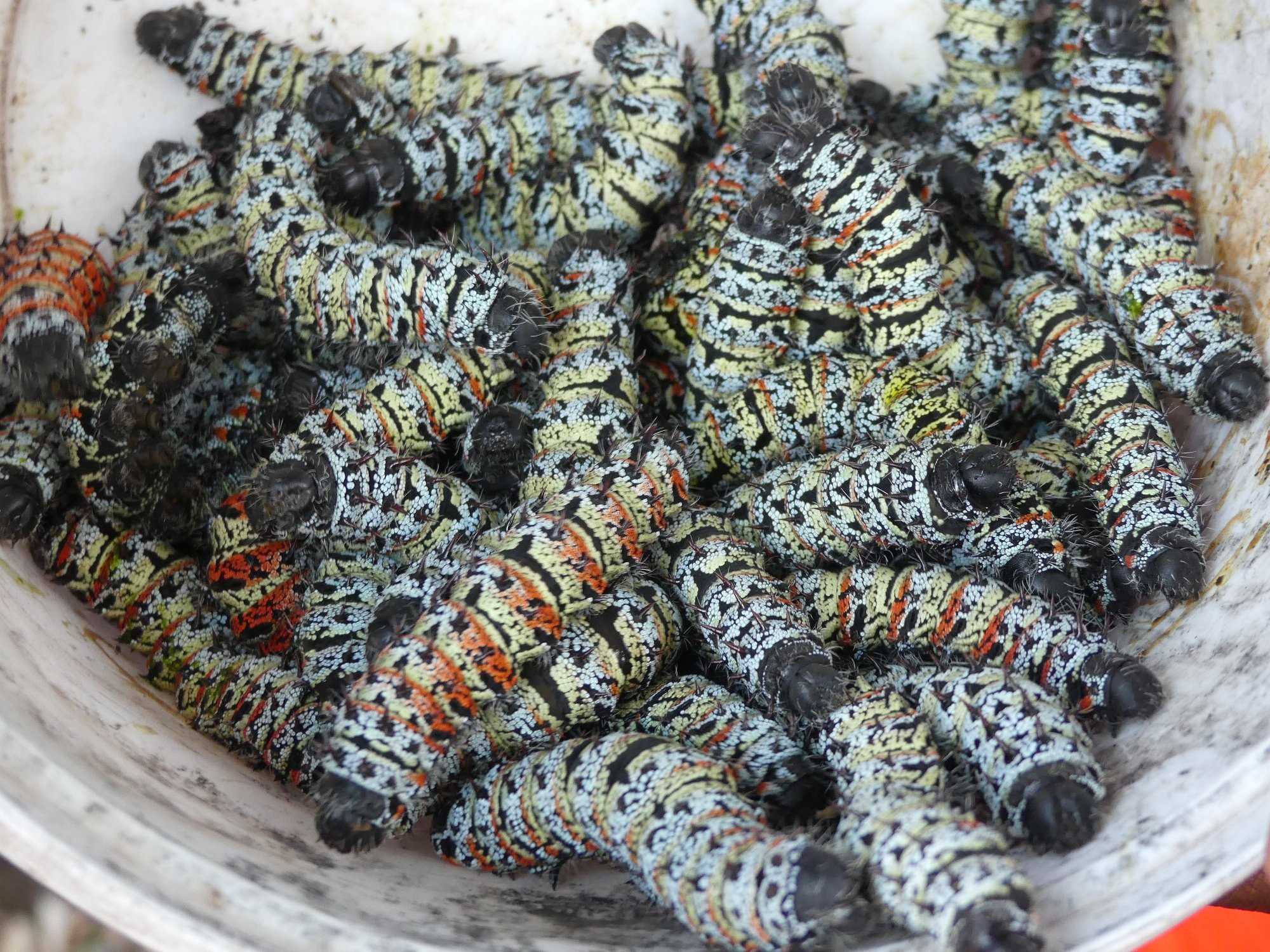
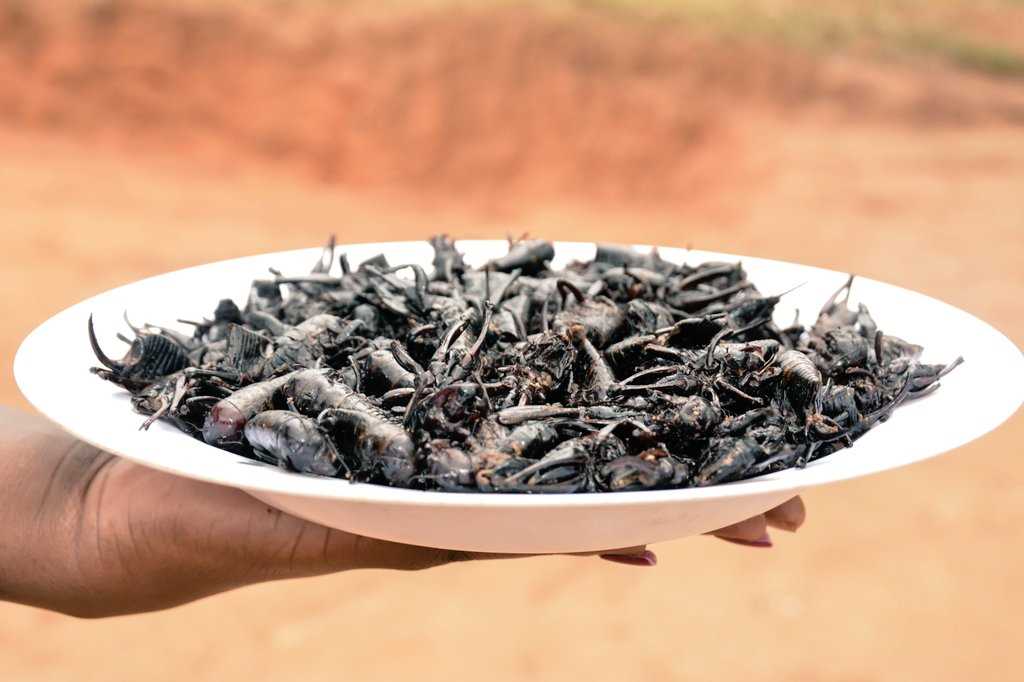
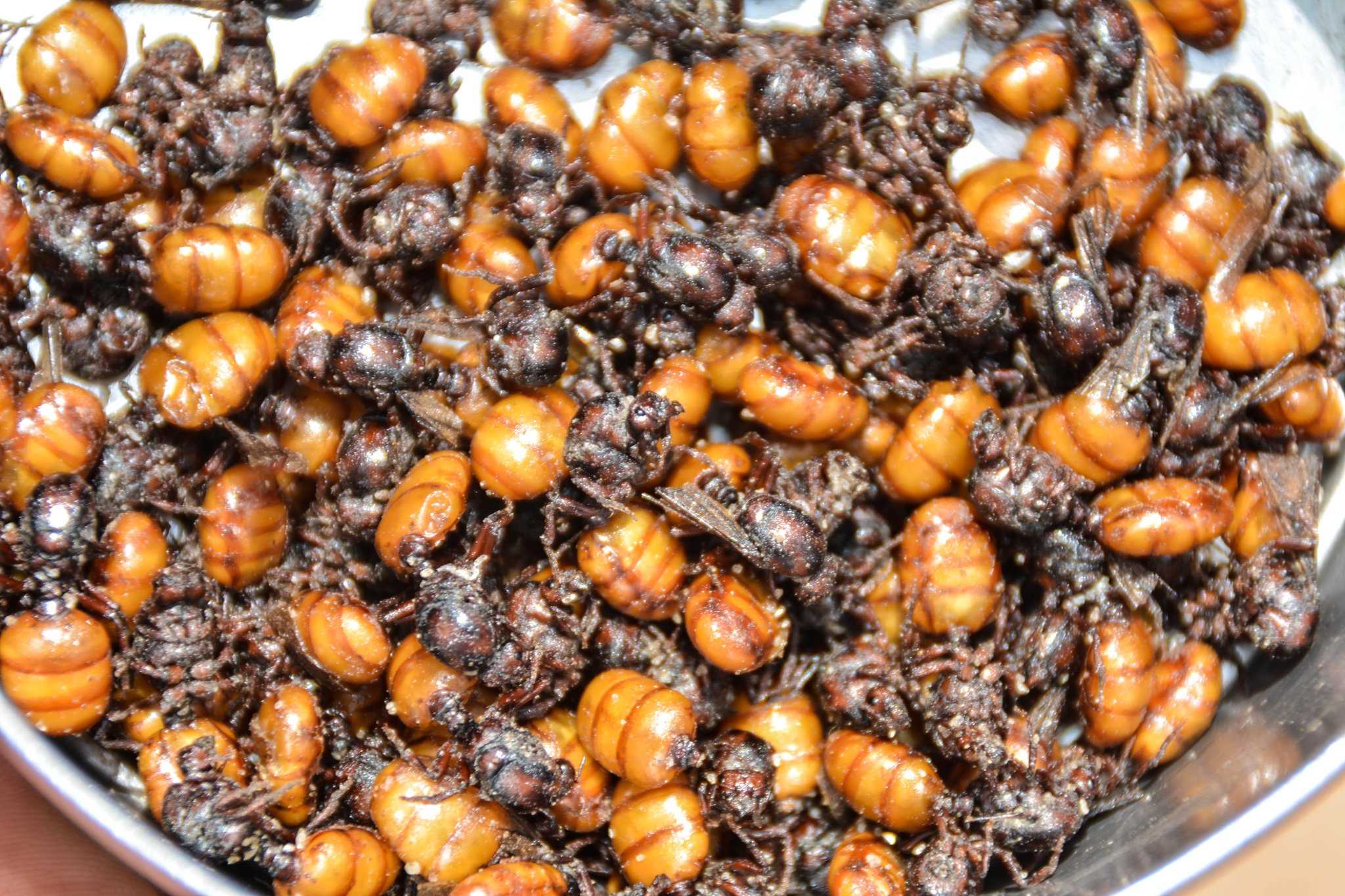
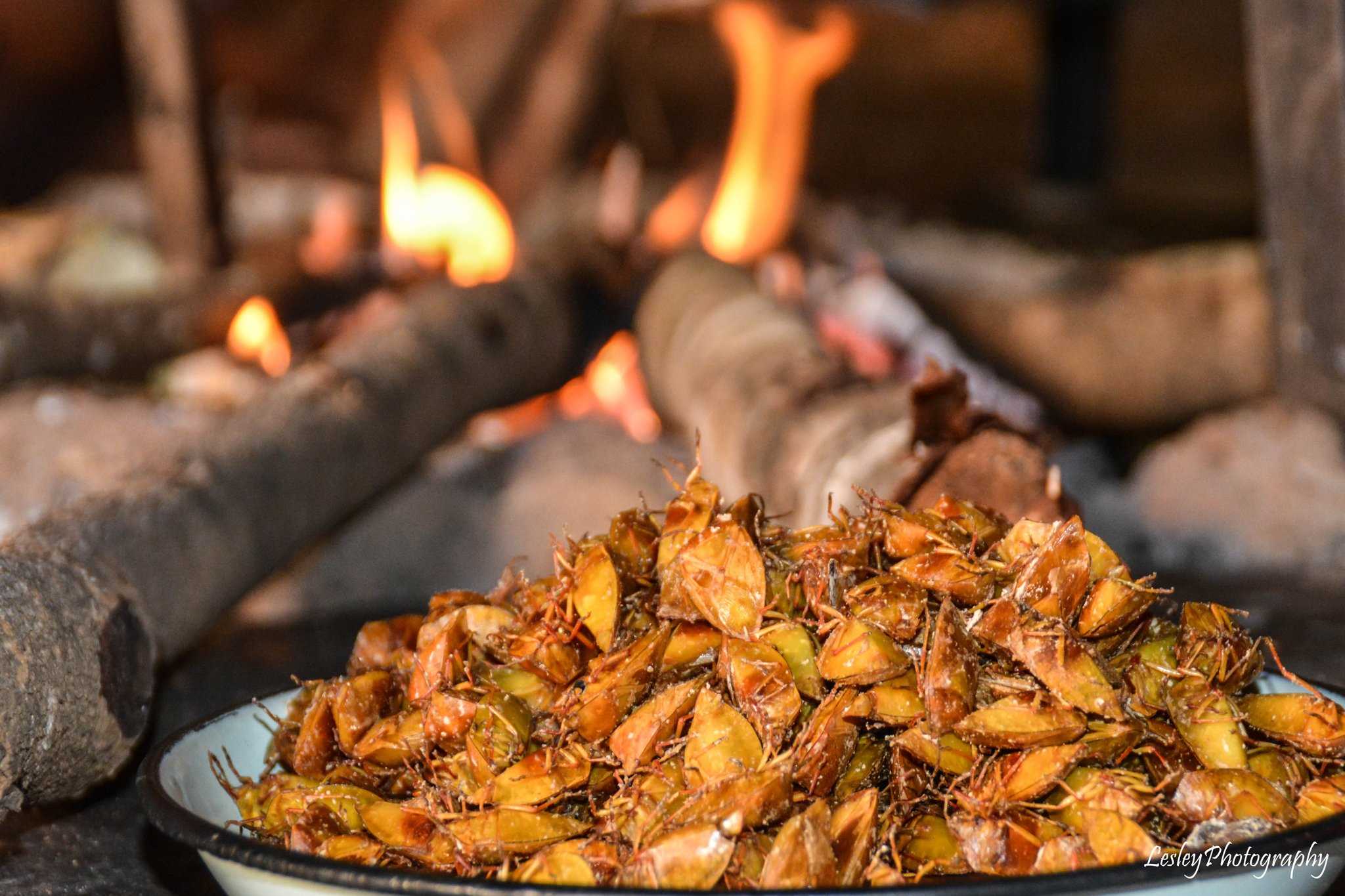
Insects such as Tsambarafuta- Carebara vidua, Ishwa- flying termites, Majuru- termites, Harurwa- Stink bugs, Mandere- Chafer/Christmas beetles, Makurwe- Tobacco crickets and Madhumbudya- rusoplia nitidula are eaten in different parts of the country. One can also add the popula Mopani worms as they are caterpillar stage of the emperor moth.
The Plant Hunter did a great ode to the tsambarafuta on his YouTube channel, and people from different countries in Africa such as Kenya and South Africa were commending with names of the delicacy in their language and how they loved it.
https://www.youtube.com/watch?v=OQM61ICAXKI
Most of the insect dishes are easy to make as they simply entail removing wings if any, boiling and dry frying to a crunch finish. They are flavoured with salt and chili if preferred, and enjoyed as a savory snack or even a relish.
These insects not only provide high protein content but also serve as a sustainable food source that requires far fewer resources than traditional livestock.
As Zimbabwean cuisine continues to embrace other influences, the consumption of insects remains a bridge between the past and the present.
In a country where traditional practices coexist with contemporary lifestyles, many families continue to pass the taste of insect delicacies from generation to generation.
Driving on Zimbabwe’s highways, one can be sure to see many vendors selling dried insects in and out of season, often eliciting nostalgia for those who grew up savoring them.
This culinary heritage reflects an understanding of sustainability, nutrition, and cultural identity that remains relevant in today’s rapidly changing world.
Related Stories
The conversation around insects as food is slowly gaining traction in the West, where organizations and researchers are advocating for their integration into diets as a means to combat food shortages and environmental concerns.
Unlike traditional livestock farming, which contributes significantly to greenhouse gas emissions, insect farming is resource-efficient, requiring minimal land and water.
Moreover, insects convert feed into protein more effectively than cattle or pigs. As Western nations explore these benefits, they must also confront the cultural stigma associated with eating insects—a barrier deeply rooted in societal norms and perceptions.
In stark contrast, for many African communities, consuming insects is not a matter of novelty but a common practice grounded in centuries of tradition, where insects are recognized not just as food but as vital components of local ecosystems and cultures.
The enduring popularity of these delicacies challenges the notion that eating insects is a sign of backwardness; rather, it highlights an inherent understanding of local resources and sustainable living.
However, the irony lies in the attitudes towards insect consumption in some cultures, especially westerners who view themselves as the uber sophisticates of the world.
Many individuals who dismiss the practice of eating insects often pay premium prices for seafood—products derived from aquatic environments that, in a sense, are simply water-based insects.
Shellfish, for example, such as shrimp and crabs, are crustaceans that share biological similarities with insects. Both groups belong to the phylum Arthropoda, and many seafood varieties are harvested in ways that parallel traditional insect gathering.
Furthermore, certain types of seafood, like mussels and oysters, are filter feeders that thrive on algae and plankton, resembling the natural feeding habits of insects.
Consider the high demand for delicacies such as caviar or lobster, which can command exorbitant prices in fine dining establishments.
Consumers willingly pay for these seafood options, often viewing them as super luxury items, despite the ecological costs associated with their harvesting.
In essence, while many in the West may scoff at the idea of eating insects, they indulge in seafood that is essentially a different form of aquatic arthropods, without the cultural baggage that often accompanies insects.
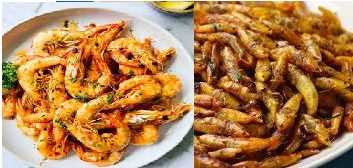
As the global food system continues to grapple with the challenges of sustainability, it is crucial to acknowledge the ancient wisdom of those who have long understood the value of insects as food.
Zimbabwe’s culinary heritage offers insights into sustainable practices that many societies worldwide are only now beginning to recognize.
Embracing insect consumption does not signify a regression into backwardness but rather an advancement toward a more sustainable and nutritious future.
In conclusion, as we navigate the complexities of food production and consumption, it is essential to look beyond cultural biases and appreciate the rich history and nutritional value that insects provide.
The dichotomy of attitudes toward insects and seafood reveals a fundamental irony in how we perceive and value different food sources.
By embracing the age-old practice of entomophagy, we can honor the wisdom of our ancestors while paving the way for a more sustainable culinary future.
Whether it’s a handful of Ishwa or a plate of shrimp, both remind us of the diverse and complex relationships humans have with the food we eat.


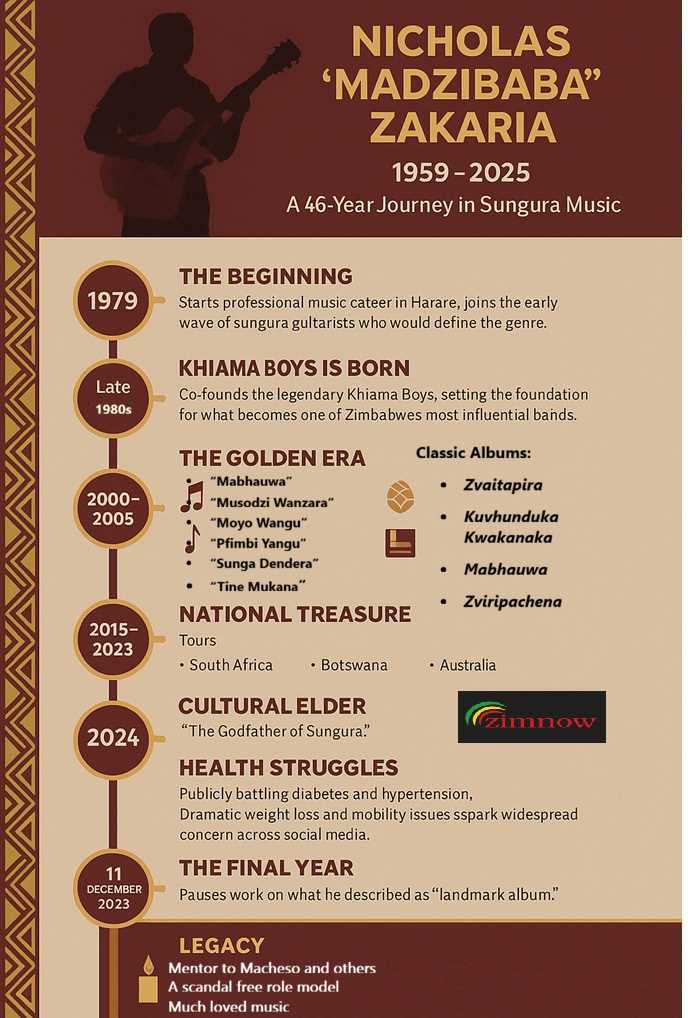












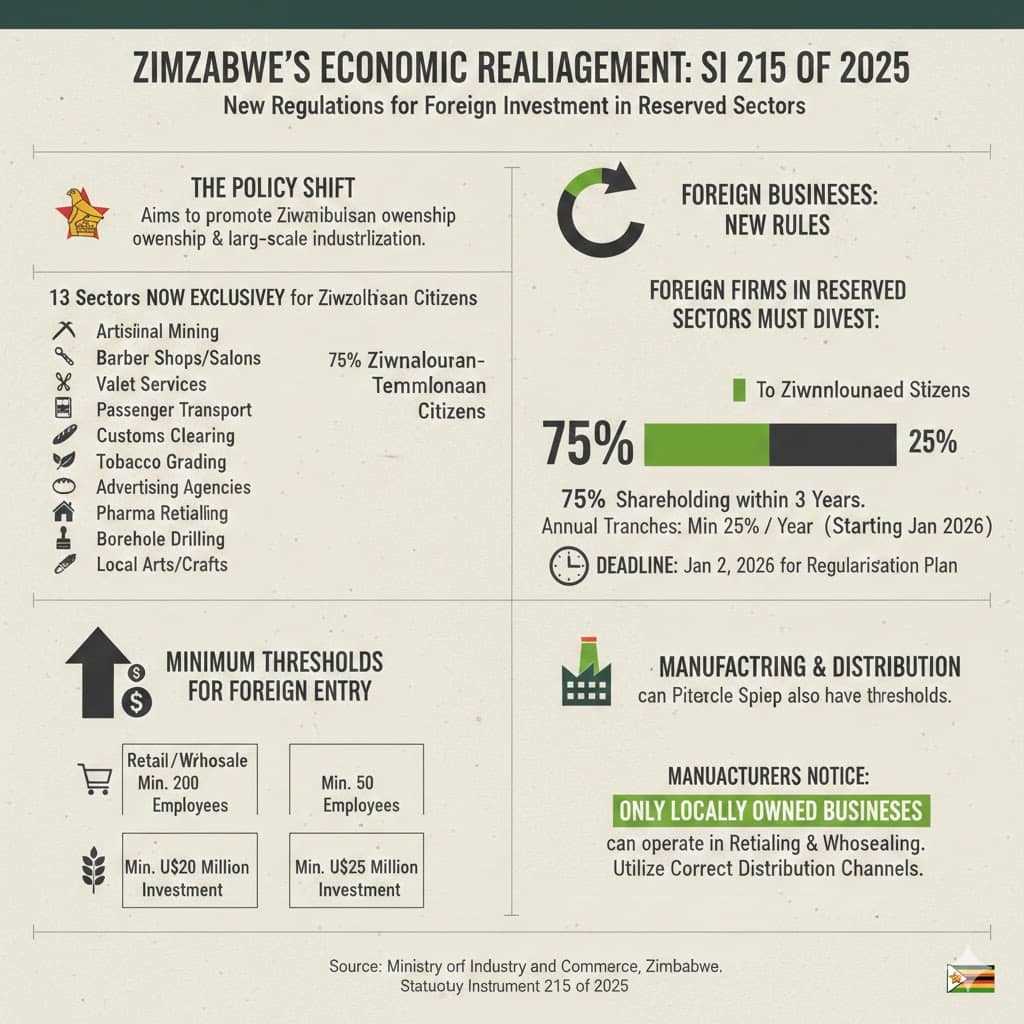



Leave Comments